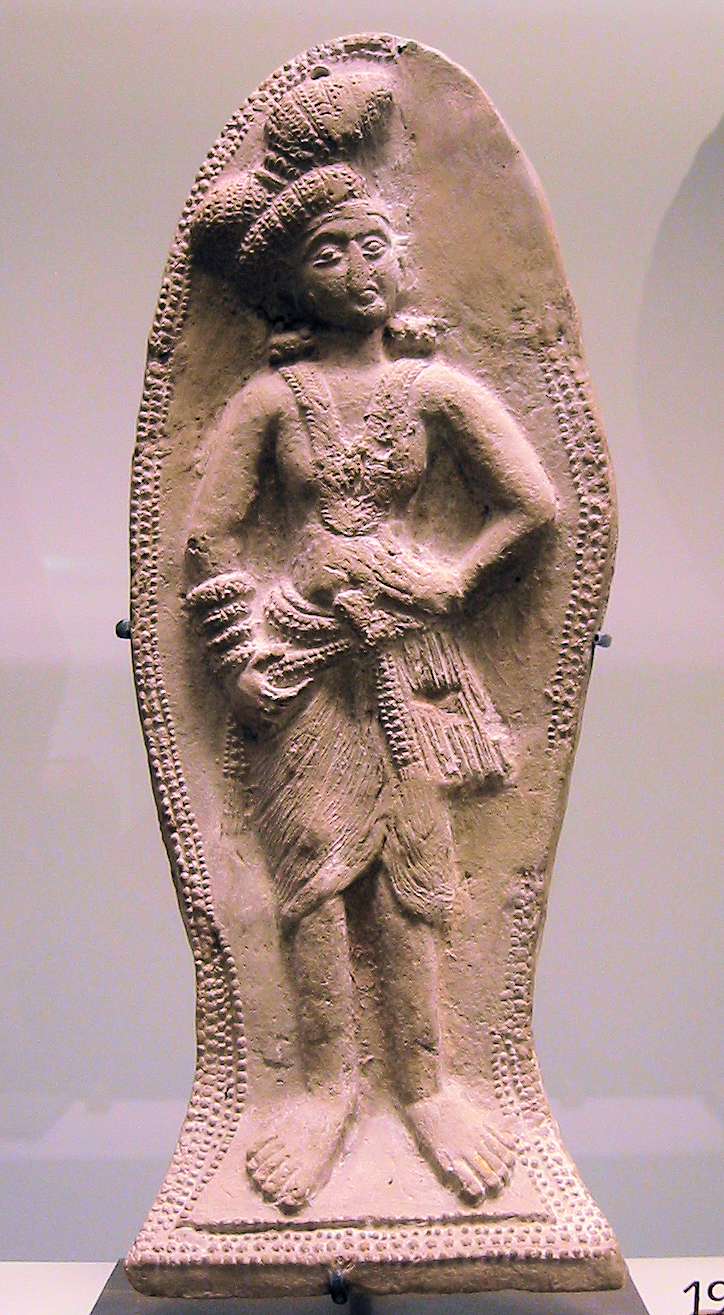Bhagabhadra on:
[Wikipedia]
[Google]
[Amazon]
 Bhagabhadra (
Bhagabhadra (
Photo of the pillar with Brahmi inscription
2nd-century BC Indian monarchs {{India-royal-stub
 Bhagabhadra (
Bhagabhadra (Brāhmī
Brahmi (; ; ISO 15919, ISO: ''Brāhmī'') is a writing system of ancient South Asia. "Until the late nineteenth century, the script of the Aśokan (non-Kharosthi) inscriptions and its immediate derivatives was referred to by various names such ...
: 𑀪𑀸𑀕𑀪𑀤𑁆𑀭 , ) was one of the kings of the Indian Shunga
is a type of Japanese erotic art typically executed as a kind of ukiyo-e, often in woodblock print format. While rare, there are also extant erotic painted handscrolls which predate ukiyo-e. Translated literally, the Japanese word ''shunga' ...
dynasty. He ruled in north, central India around from 114 BCE to 83 BCE. Although the capital of the Shungas was at Pataliputra, he was also known to have held court at Vidisha. It is thought that the name Bhagabhadra also appears in the regnal lists of the Shungas in the Puranic
Purana (; sa, , '; literally meaning "ancient, old"Merriam-Webster's Encyclopedia of Literature (1995 Edition), Article on Puranas, , page 915) is a vast genre of Indian literature about a wide range of topics, particularly about legends an ...
records, under the name Bhadraka, fifth ruler of the Shungas.
Heliodorus inscription
He is best known from aninscription
Epigraphy () is the study of inscriptions, or epigraphs, as writing; it is the science of identifying graphemes, clarifying their meanings, classifying their uses according to dates and cultural contexts, and drawing conclusions about the wr ...
at the site of Vidisha
Vidisha (विदिशा, formerly known as Bhelsa and known as Besnagar in ancient times) is a city in central Madhya Pradesh, India. It is located 62.5 km northeast of the state capital, Bhopal. The name "Vidisha" is derived from th ...
in central India
India, officially the Republic of India (Hindi: ), is a country in South Asia. It is the seventh-largest country by area, the second-most populous country, and the most populous democracy in the world. Bounded by the Indian Ocean on the so ...
, the Heliodorus pillar
The Heliodorus pillar is a stone column that was erected around 113 BCE in central India in Besnagar (near Vidisha, Madhya Pradesh). The pillar was called the ''Garuda-standard'' by Heliodorus, referring to the deity Garuda. The pillar is commonly ...
, in which contacts with an embassy from the Indo-Greek
The Indo-Greek Kingdom, or Graeco-Indian Kingdom, also known historically as the Yavana Kingdom (Yavanarajya), was a Hellenistic period, Hellenistic-era Ancient Greece, Greek kingdom covering various parts of Afghanistan and the northwestern r ...
king Antialcidas
Antialcidas Nikephoros ( grc, Ἀντιαλκίδας ὁ Νικηφόρος; epithet means "the Victorious", Brahmi: 𑀅𑀁𑀢𑀮𑀺𑀓𑀺𑀢𑀲 ''Aṃtalikitasa'', in the Heliodorus Pillar) was a king of the Indo-Greek Kingdom, who re ...
is recorded, and where he is named "Kasiputra Bhagabhadra, the Saviour, son of the princess from Benares
Varanasi (; ; also Banaras or Benares (; ), and Kashi.) is a city on the Ganges river in northern India that has a central place in the traditions of pilgrimage, death, and mourning in the Hindu world.
*
*
*
* The city has a syncretic tr ...
":
Translation:
:(Archaeological Survey of India, Annual Report (1908-1909))
This inscription is important in that it tends to validate that the Shungas ruled in the area of Vidisa around 100 BCE. This is also corroborated by some artistic realization on the nearby Sanchi
Sanchi is a Buddhist complex, famous for its Great Stupa, on a hilltop at Sanchi Town in Raisen District of the States and territories of India, State of Madhya Pradesh, India. It is located, about 23 kilometres from Raisen, Raisen town, dist ...
stupa thought to belong to the period of the Shungas. Altogether, three Shunga pillars have also been found in the area.The Garuda Pillar erected by Heliodorous and the inscription written on this pillar is regarded as the earliest material evidence of Bhagavatism in India.
References
External links
Photo of the pillar with Brahmi inscription
2nd-century BC Indian monarchs {{India-royal-stub